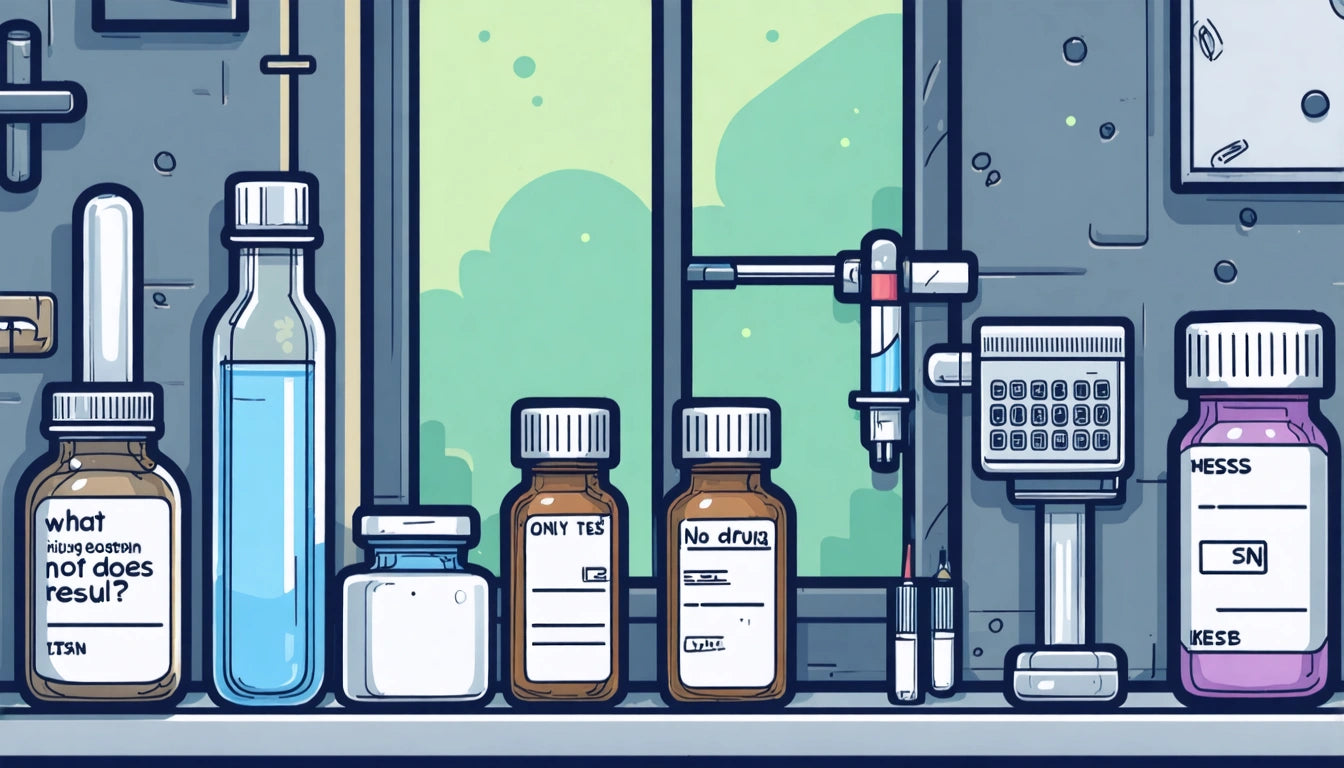Table of Contents
Understanding Negative and Non-Negative Results in Drug Testing
Drug testing plays a crucial role in workplace safety, healthcare, and legal contexts. Understanding what results mean can be confusing, especially when terms like "negative" and "non-negative" are used. This guide clarifies what these terms mean and how to interpret them correctly.
Interpreting Negative Drug Test Results
When a drug test comes back as negative, it means the test did not detect the presence of drugs or their metabolites above the established cutoff levels. This is generally considered a favorable outcome in most testing scenarios.
What does negative mean on a drug test specifically? A negative result indicates that either:
- No drugs were present in the sample
- Drugs were present but below the detection threshold
- The specific drugs being tested for were not present (even if other substances might be)
It's important to note that a negative result doesn't necessarily mean the person has never used drugs, only that the test didn't detect relevant substances at that particular time.
Causes of False Negative Results
A false negative occurs when a drug test shows a negative result despite the actual presence of drugs in a person's system. Several factors can contribute to what can make a urine test negative despite drug use:
Timing Issues
Each substance has a specific detection window. Testing outside this window can lead to false negatives. For example, cocaine may only be detectable for 2-4 days after use, while marijuana metabolites can be detected for much longer periods.
Dilution Factors
Excessive water consumption can dilute urine samples, potentially bringing drug concentrations below cutoff levels. This is why some results may be reported as "negative dilute," indicating a negative result but with suspiciously diluted urine.
Adulteration Attempts
Some individuals attempt to manipulate test results using various products. Modern testing includes validity checks to identify adulterated samples, but sophisticated methods might still cause false negatives.
Testing Methodology Limitations
Different testing methods have varying sensitivity levels. For instance, some basic screening tests might miss substances that more advanced equipment would detect. Organizations that require precision often invest in specialized processing equipment to ensure accurate sample preparation and testing.
Understanding Non-Negative Results
What does non-negative mean on a drug test? A non-negative result is not the same as a positive result. It indicates that the initial screening detected something that requires further testing.
The Testing Process
Most drug testing follows a two-step process:
- Immunoassay screening: A quick initial test that can produce preliminary results
- Confirmatory testing: If the screening is non-negative, a more specific test like gas chromatography-mass spectrometry (GC-MS) is performed
Only after confirmatory testing can a result be officially reported as positive. This process helps prevent false positive results that might occur from cross-reactivity with medications or foods.
Why "Non-Negative" Is Used
Labs use the term "non-negative" rather than "positive" for initial results because:
- It acknowledges that the screening test detected something
- It avoids making a definitive claim before confirmation
- It reduces liability issues from preliminary results
What does non-negative mean in a drug test context for employers? Employers should wait for confirmed results before taking action, as non-negative results may ultimately be confirmed negative after further testing.
Different Testing Methods and Result Interpretation
Understanding what do a negative drug test look like requires familiarity with different testing methods.
Urine Testing
The most common method, urine testing, typically shows results through color changes or lines on testing strips. A negative result usually appears as:
- Two lines on immunoassay test strips (control and test lines)
- Specific color indicators depending on the test brand
Understanding what can make a urine test negative is important for accurate interpretation. Factors like sample temperature, pH levels, and specific gravity are checked to ensure sample validity.
Other Testing Methods
Different methods produce different types of results:
- Blood tests: Provide quantitative results showing exact substance levels
- Hair tests: Offer a longer detection window and typically provide a simple positive/negative determination
- Saliva tests: Show recent use and results appear similar to urine immunoassay tests
Each method has specific cutoff levels that determine what constitutes a negative versus non-negative result.
Preventing False Results in Drug Testing
For those administering tests, ensuring accurate results requires understanding what is a false negative drug test and how to prevent it. Key strategies include:
- Using appropriate cutoff levels for different testing contexts
- Collecting samples properly according to chain-of-custody protocols
- Choosing testing methods appropriate for the substances of concern
- Understanding detection windows for different substances
- Implementing confirmatory testing for all non-negative results
For individuals being tested, understanding what does negative on a drug test mean helps ensure appropriate responses to results. If you believe a test result is incorrect, you have the right to request additional testing or explanation of the results.
Drug testing technology continues to evolve, with improvements in accuracy, detection ranges, and ability to identify new substances. Understanding the terminology and processes helps all parties navigate testing scenarios with greater confidence and clarity.











Leave a comment
All comments are moderated before being published.
This site is protected by hCaptcha and the hCaptcha Privacy Policy and Terms of Service apply.